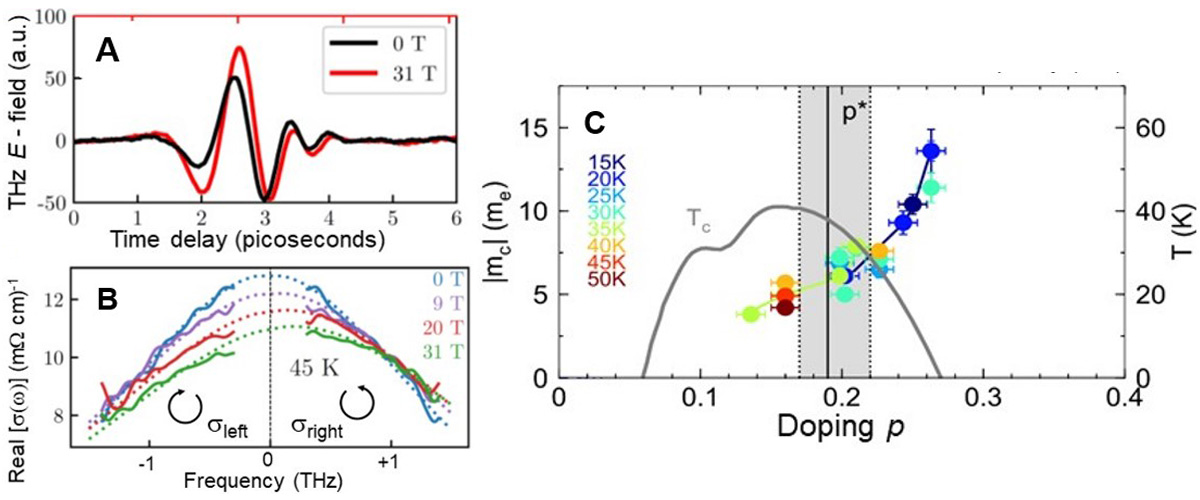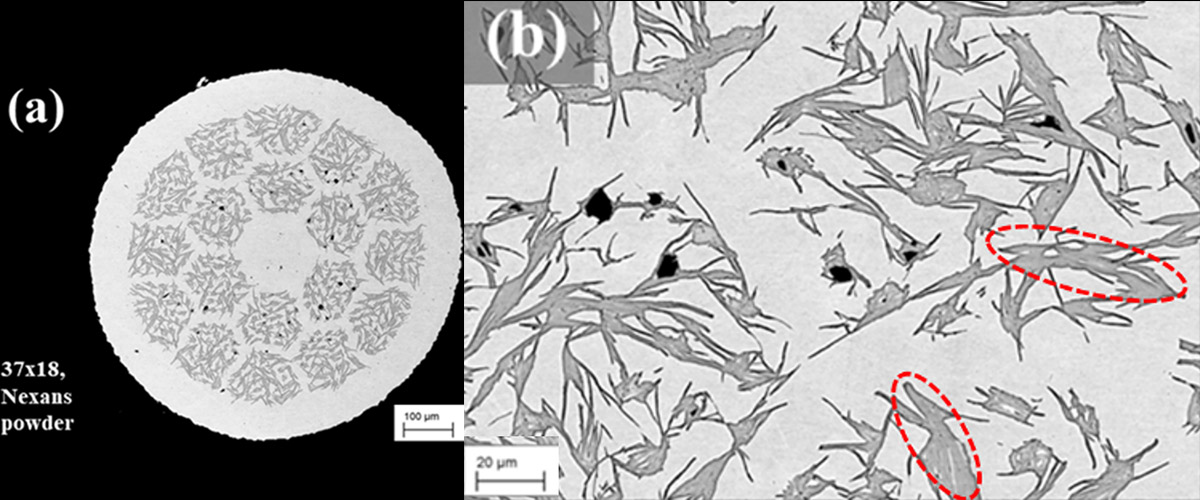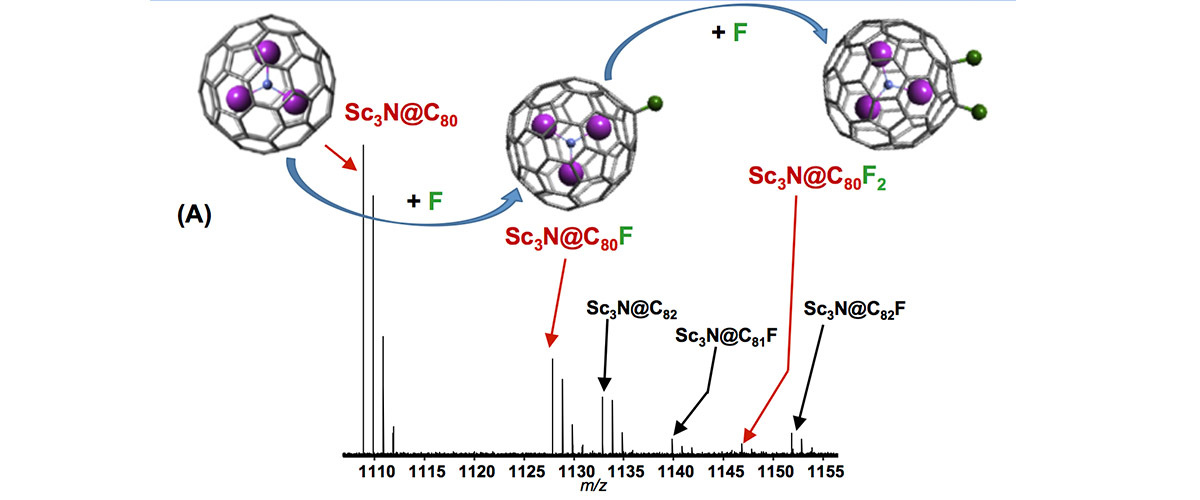What did scientists discover?
Electrons and other charged particles respond to a magnetic field by following circular orbits (known as "cyclotron resonance"). The frequency of their orbit depends on their effective mass. Using pulses of far-infrared ("terahertz") light and pulsed magnetic fields, MagLab users directly measured the cyclotron resonance of charge carriers in a high-temperature (high-Tc) superconductor for the first time, providing a new and direct measure of their effective mass.
Why is this important?
The physical mechanism underpinning high-Tc super-conductivity is still widely debated. Research over the past three decades has shown that electron interactions and correlations play an essential role in high-Tc superconductivity. The correlations cause the charge carriers to behave as if they are very heavy – that is, many times the mass of ordinary electrons. Measurements of this "effective mass" are essential, as knowledge of the mass -- and how it varies with temperature and with material composition – can shed light on the physical mechanisms that are responsible for high-temperature superconductivity. This work provides a direct method (cyclotron resonance) for measuring the effective mass that complements other techniques from which effective masses can be inferred.
Who did the research?
Kirk Post1, Anaëlle Legros2, Prashant Chauhan2, Dwight Rickel1, Xi He3, Xiaotao Xu3, X. Shi4, Ivan Božović3, Scott A. Crooker1, N. Peter Armitage2
1MagLab Pulsed Field Facility, Los Alamos National Lab; 2Johns Hopkins University; 3Brookhaven National Lab; 4Univ of Texas at Dallas
Why did they need the MagLab?
Because masses are heavy in high-Tc superconductors, cyclotron frequencies are small. Therefore, the key to this study was using sufficiently large magnetic fields such that the cyclotron frequency was large enough to resolve experimentally using the MagLab’s terahertz optical techniques.
Details for scientists
- View or download the expert-level Science Highlight, Direct Measurement of Cyclotron Resonance in a High-Temperature Superconductor: Ultrafast THz Spectroscopy in Pulsed Magnetic Fields
- Read the full-length publication, Evolution of the cyclotron mass with doping in La2−xSrxCuO4, in Physical Review B
- Read the full-length publication, Observation of cyclotron resonance and measurement of the hole mass in optimally doped La2−xSrxCuO4, in Physical Review B
Funding
This research was funded by the following grants: G.S. Boebinger (NSF DMR-2128556); S.A. Crooker (DOE “Science of 100T”); I. Božović (DOE BES); N.P. Armitage (NSF DMR-1905519)
For more information, contact Neil Harrison.






